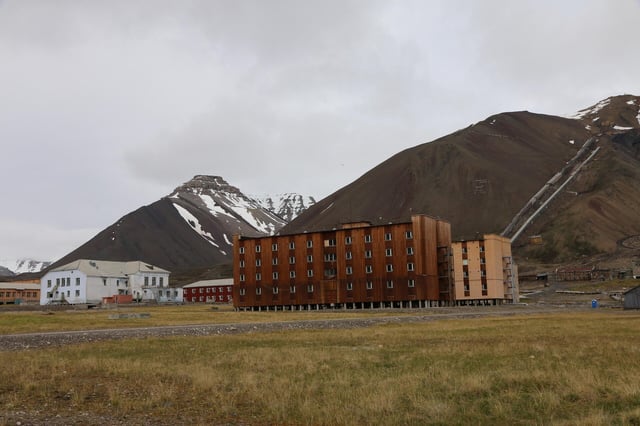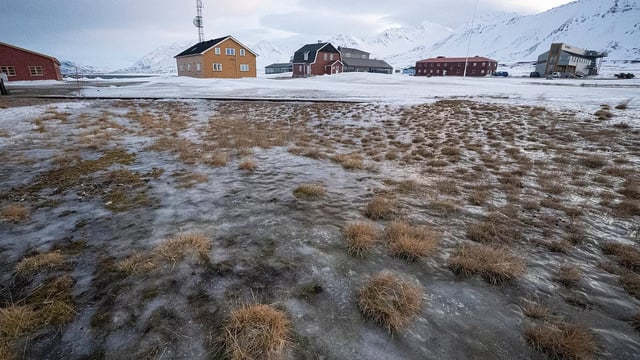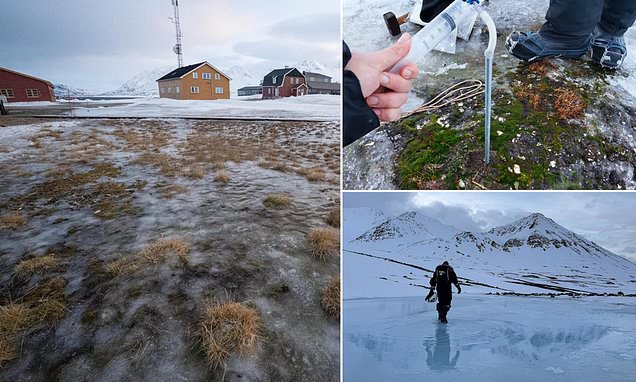Overview
- During February fieldwork in Svalbard, teams encountered pervasive midwinter melt that erased snow cover for weeks and left researchers able to collect fresh snow only once in two weeks.
- Meltwater pooling formed vast temporary lakes atop frozen ground, triggering widespread blooms of biological activity and raising concerns about feedback loops that accelerate carbon release.
- Unstable, slushy snow hindered snowmobile access, complicated sampling protocols and introduced new safety hazards including increased avalanche risk and polar bear encounters.
- Svalbard is warming six to seven times faster than the global average, with winter temperatures rising at nearly double the long-term trend and overturning assumptions of a reliably frozen Arctic winter.
- Researchers from Queen Mary University of London and international partners are calling for expanded winter monitoring networks and anticipatory policy frameworks to manage emerging environmental and operational risks.


